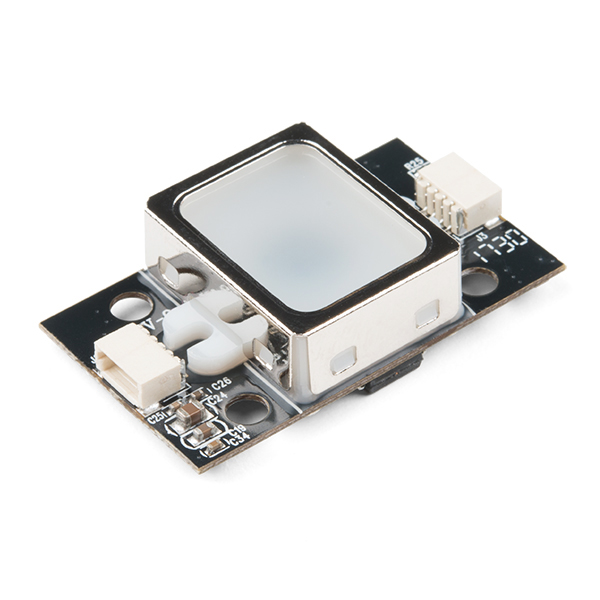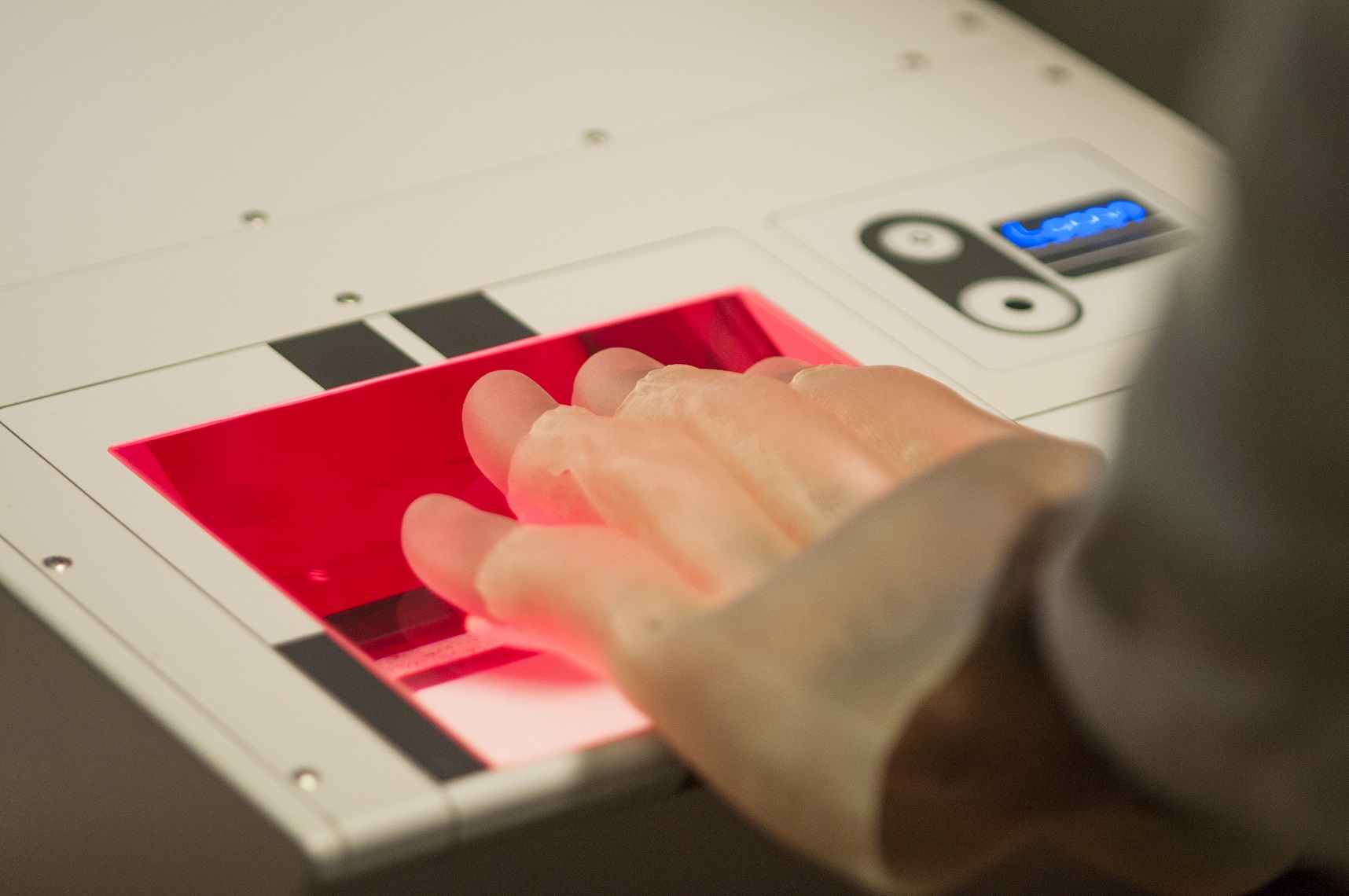

By using this hybrid, the performance of the minutiae algorithm is grown. Matching in the unified x-y coordinate systemĬombining minutia and correlation-based approaches to evolve an automatic fingerprint recognition system.

Minutia unification by decompose-ng a branch into three termination Segmentation using Morphological operations Some improvements in the thinning, false removal approach, and image segmentation is implemented in the work. the NBIS is implemented in the MATLAB environment.ĭesign minutia extractor by using different techniques.
#Fingerprint capture technology verification#
Both steps will develop the whole fingerprint verification system be 8%.Įxecution and assessment of Biometric Image Software (NBIS) for fingerprint recognition developed by the National Institute of Standards and Technology (NIST). Also, the proposed feature refinement step that allocates class labels for every 31qmintiae will improve the performance by 3%.

It provides an experiment about fingerprint identification and authentication using the minutiae-based matching method with analyzing the outcomes.ĭiscuses fingerprint authentication using minutiae extraction technique and covering all related systems and processes.īeneficent of minutiae-based fingerprint verification system by suggesting a route for the feature extraction step which depends on reexamining the gray-scale profile can increase the matching performance by 4%. Wave atom Transform and MCS optimization algorithmĮxplains the differences between various fingerprint matching techniques particularly local minutiae-based matching algorithms. Complications related to the wave atom method are studied. Focused on Pattern recognition, wavelet, and wave atom mechanisms. This chapter discusses, compares and analyses several authors work regarding the fingerprint recognition.Įxplains different biometrics structures that are used for certification and recognition purpose with submitting their advantages and disadvantages.Ī general explanation of various types of fingerprint recognition systems and patterns depending on the minute-based technique. These technologies differ in terms of accuracy, effectiveness, speed, advantages, and challenges. Modern techniques and approaches are used recently as a substituted of old ink to capture the fingerprint. Many applications applied fingerprint recognition such as the military, judiciary, health, teaching, civic serving, mobiles and laptop log-in, and many more. Moreover, it’s a simple way to identify humans speedily and accurately. The fingerprint identification system is a cheap but solid mechanism at the same time. Although fingerprint recognition was deployed from decade it became one of the most common biometric nowadays.

Fingerprint recognition is the automatic prosses of comparing saved fingerprint pattern with the input fingerprint to determine human characters. The fingerprint is an impression or model of ribs and valleys at the top of a person’s fingers. Besides, a fingerprint is unchangeable with time and can be easily recognized during the whole life of the individual. It is used to identify a person’s identity due to its uniqueness where no two persons can share the same fingerprint. The fingerprint is a physical biometric aspect.
#Fingerprint capture technology password#
A Biometric system is reliable because it cannot be stolen, borrow, bought, or forgotten like a password or ID. Fingerprint, face, iris, and palmprints are examples of physiological biometric. The difference between them is that behavioral biometric can be affected with the progress of the time such as signature, gait, speech, and keystroke but the physiological biometric are constant during human life. Defining humans using biometric can even be behavioral or physiological biometrics. There are various kinds of biometrics being used, these include Fingerprint, Face, Speaker/Voice, Infrared thermogram (facial, hand or hand vein), Gait, Keystroke, Odor, Ear, Hand geometry, Retina, Iris, Palmprint, Signature, DNA, Knuckle crease, Brain/EEG, Heart sound/ECG. That is any technique used for measuring biological information for recognition goals called biometric. The biometric phrase means life measurement in the Greek language.


 0 kommentar(er)
0 kommentar(er)
